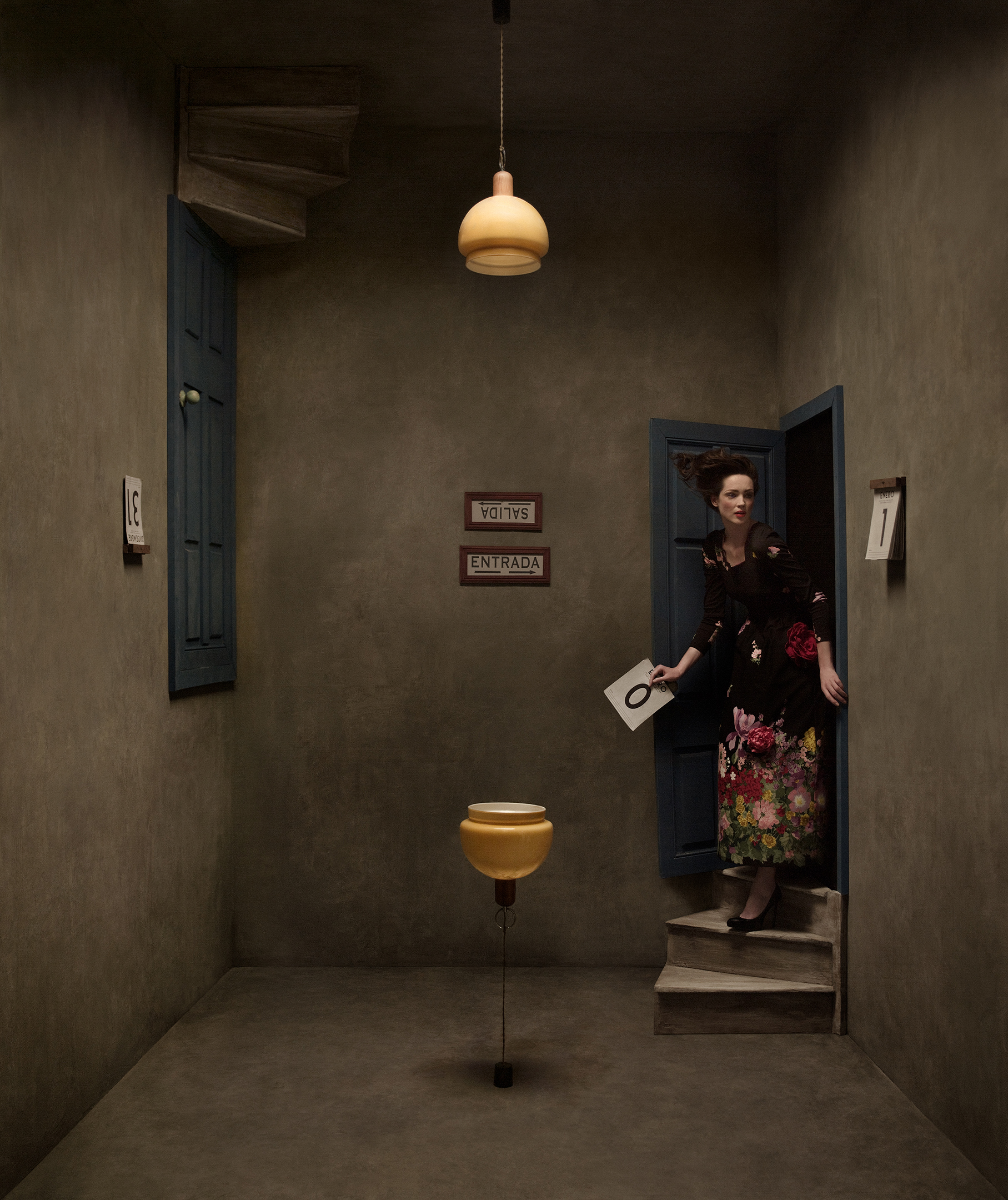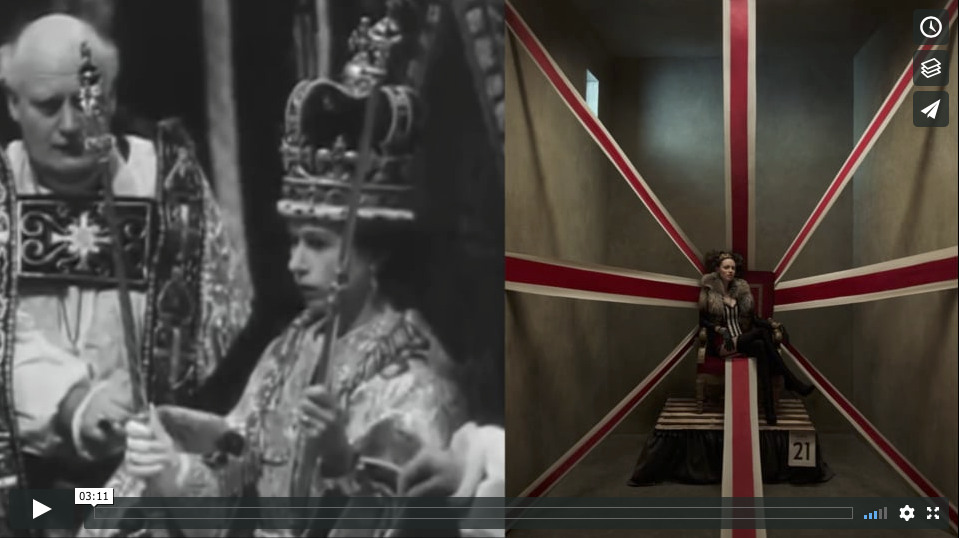I don’t remember the flight; I don’t recall where I was headed; I don’t remember if I was alone. Yes – I was by myself with my forehead stuck to the plastic of the window, and behind me laid a world that in that instant was ending.
The Earth slid beneath me slowly, allowing me to intuit, from the height of 36,000 feet, remote places where my imagination travelled. I suddenly felt the desire to explore these imaginary places.
And in that moment it felt like a truly romantic idea to do so; in our fast world, where distances have been reduced enormously and travel agencies offer low prices to the unreachable paradises of my childhood. Perhaps the Bahamas hadn’t changed that much. They may have, but certainly the word “Bahamas” had substantially changed. And I was sure that the young travellers around me would never dream of such a word. Who had changed? Had age shaped me or had the world undergone a puzzling, dizzying transformation?
That is why in that moment I felt the need to take all of those emotions and give them shape. I felt the need to share my vision of the world; trying to make room for the vision I used to have in the past -a vision that I wanted to preserve-, and the reality that so often irritated me. Attempting to be critical, only by exposing events of our current society and describing the world we live in, but without judgement.
I thought the representation of the absurdity in most of our daily actions could become a fierce criticism. The absurd, by nature, doesn’t allow replicas, it can only help us to outline a smile in public, and in private makes us change.
Pleasure to contemplate
The first level is where the game of aesthetics comes into play; in no way I have attempted to limit it, although it is not the main objective of this project. The 365 photographs are pleasing to the eye and may surprise the spectator by their blend of reality and fantasy, of past and present, memories and reality in the same shot, through unlikely characters.
Satisfaction to understand
There is a second level to the game: the spectator looks for the calendar that appears in all of the photographs; sometimes it is more obvious than others. There are also references to passages of art and film history, or historical events that may be recognized.
Understanding and reaction
On a third plane we find ourselves with the actual discourse of each photo. Sometimes critical towards the world we live in, others with humour and others with an autobiographical touch. The photographs attempt to draw society and the world that I’ve had to live in, to show how I have felt it. This is why in some cases I present known stories deformed by my experiences, which the spectator may be uncomfortable with since they do not correspond to the images he may have. But where is the error? In my exposition or in their manipulated knowledge?





